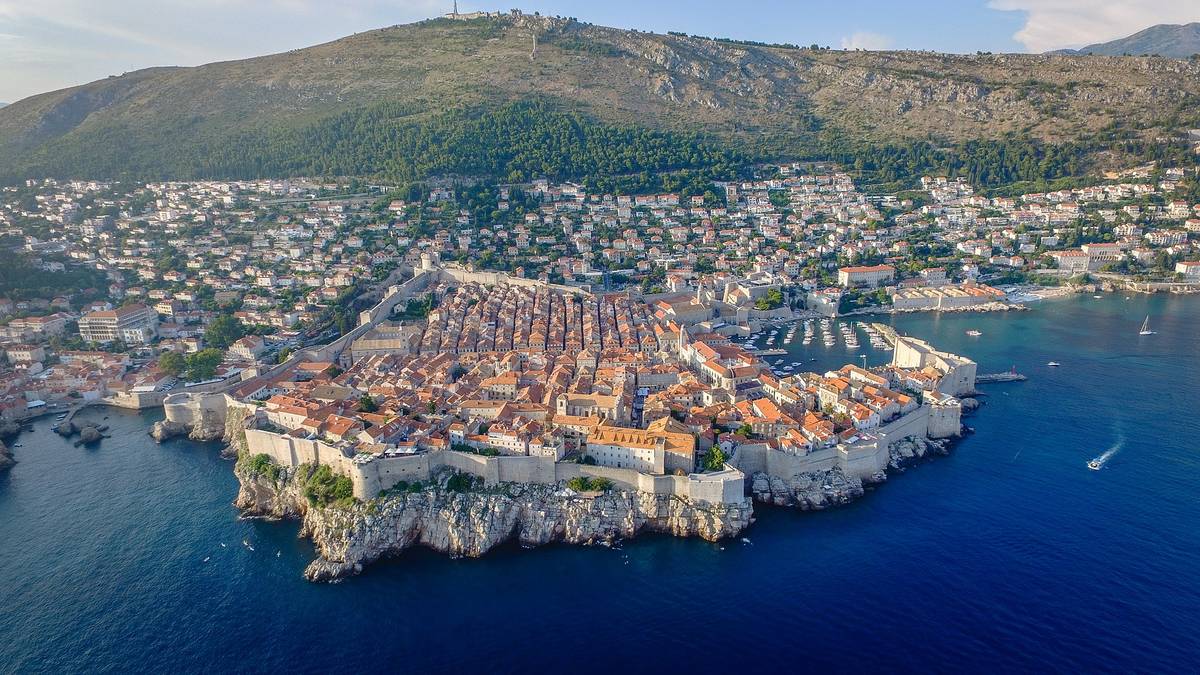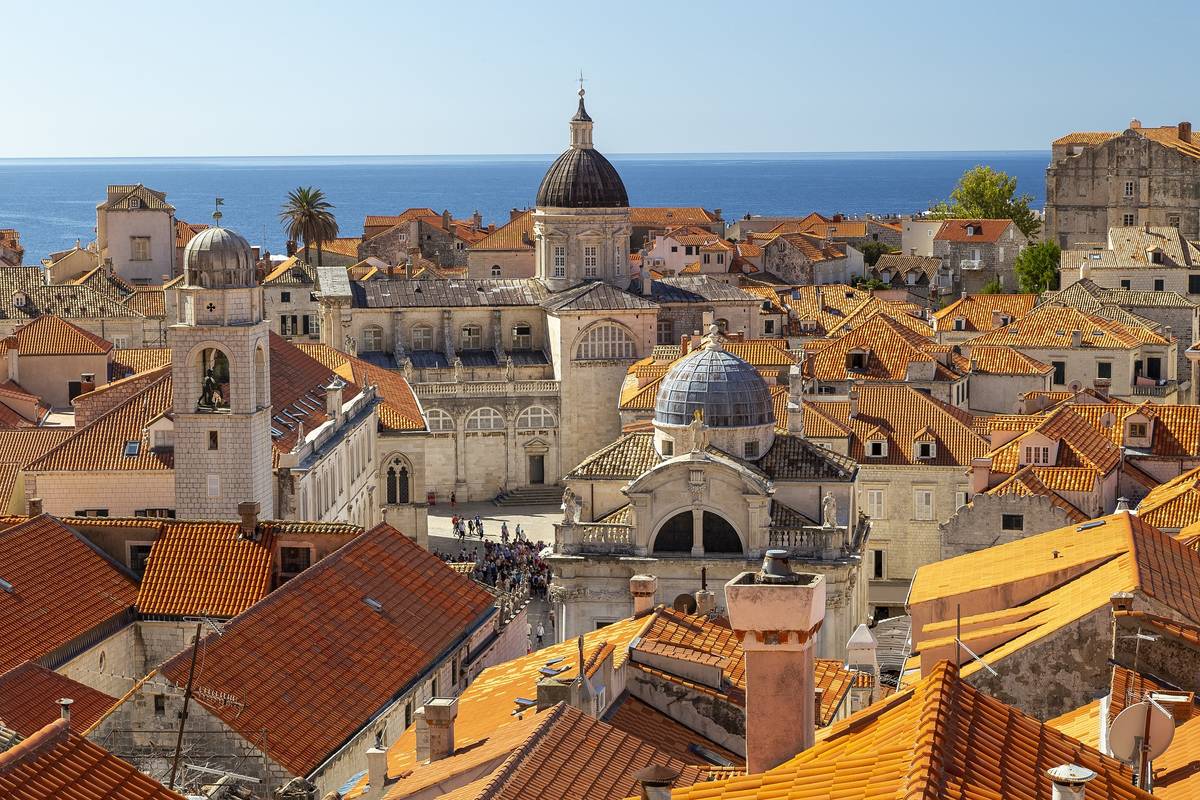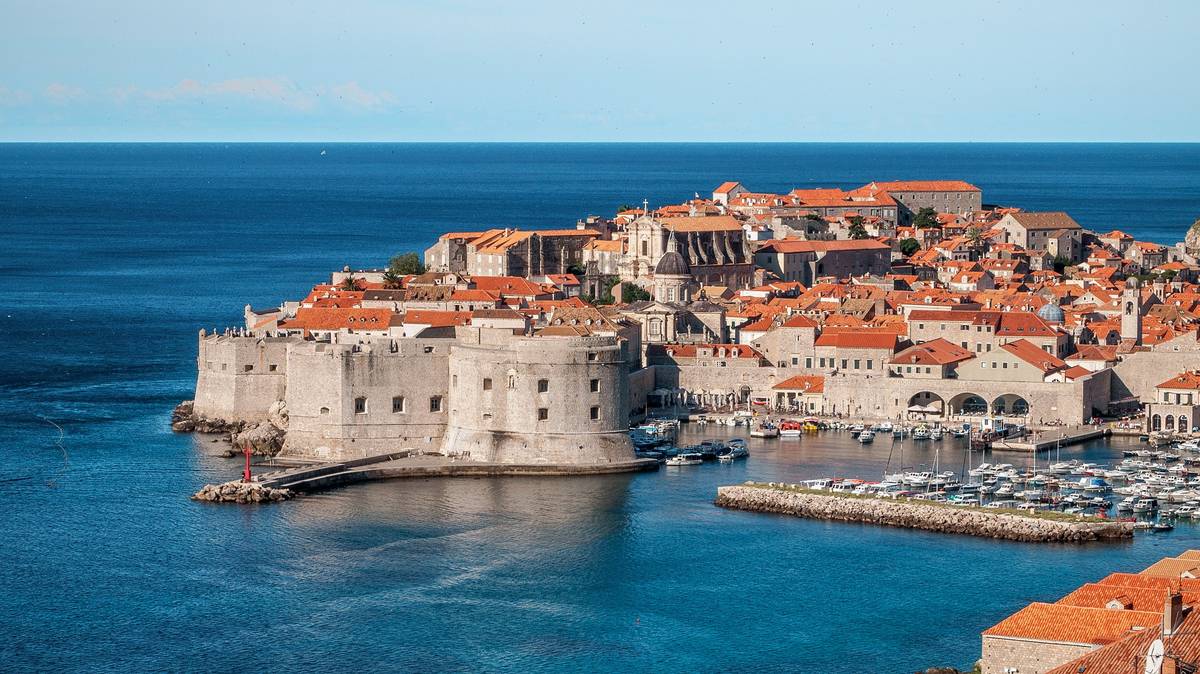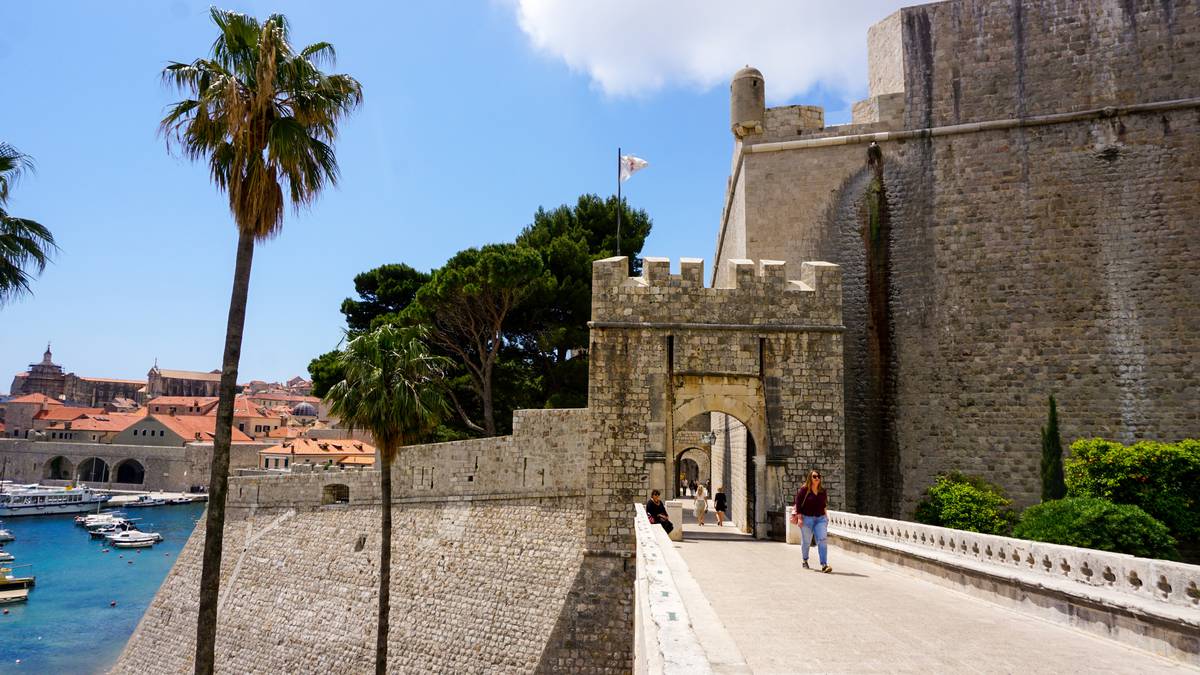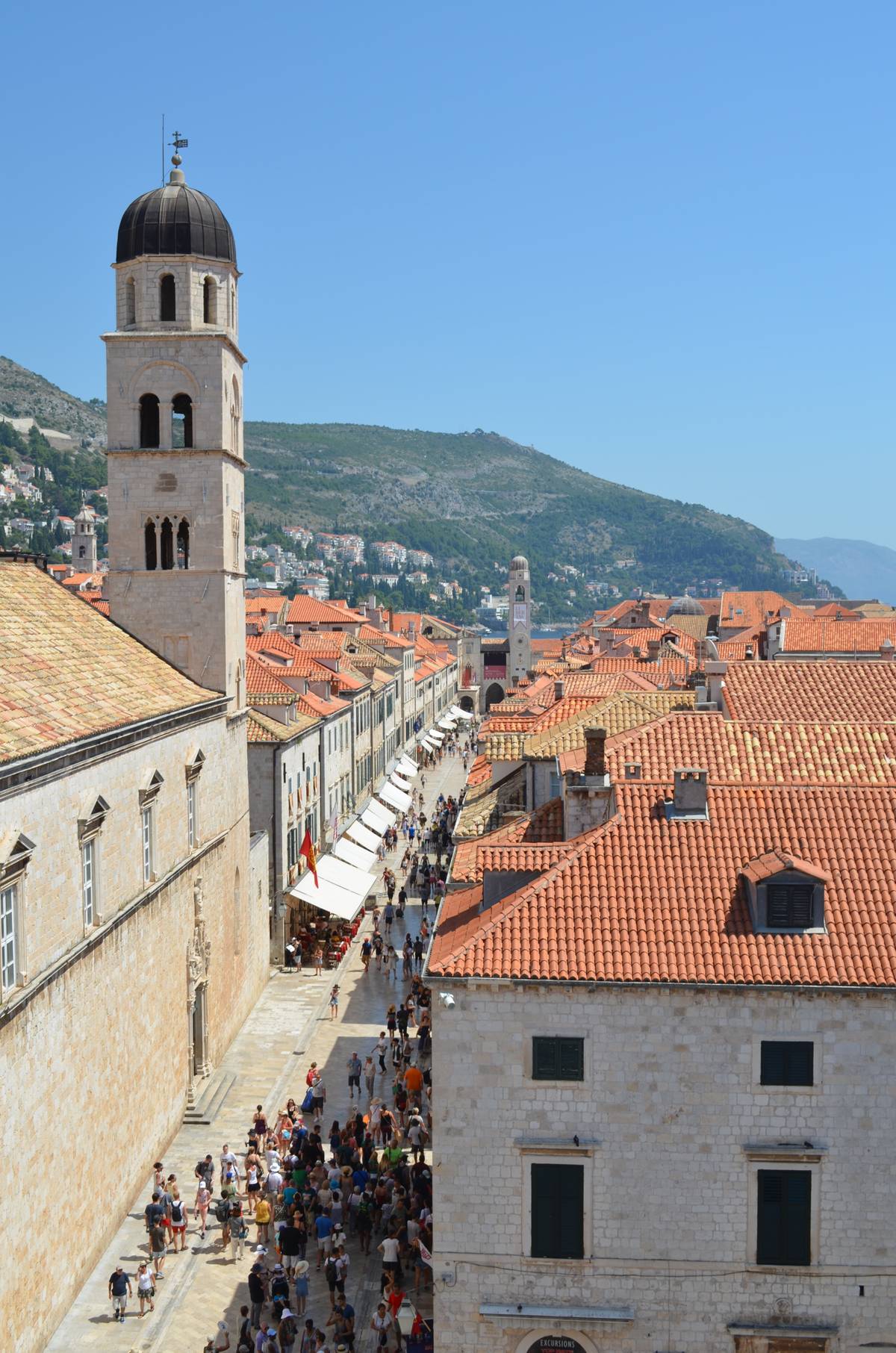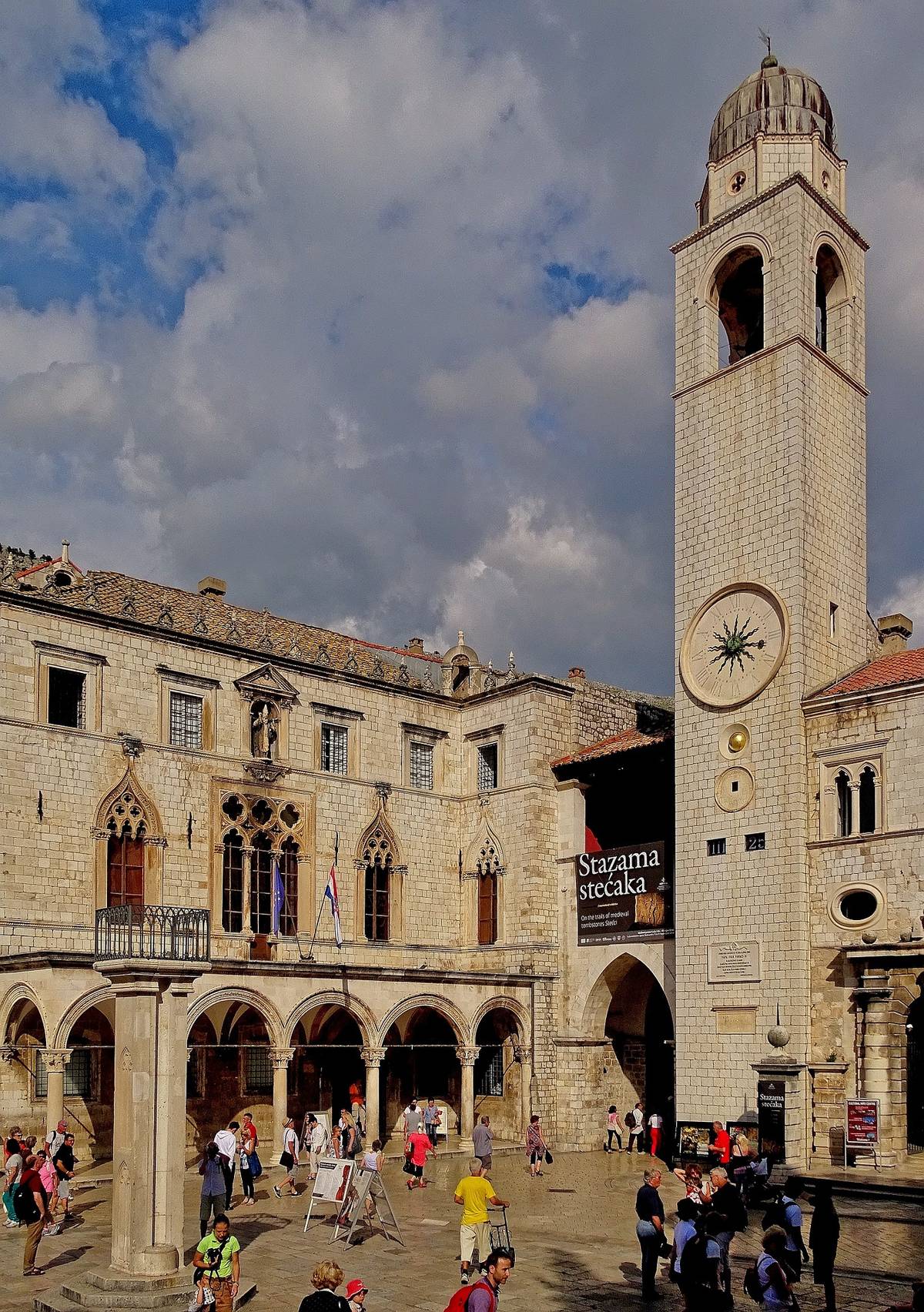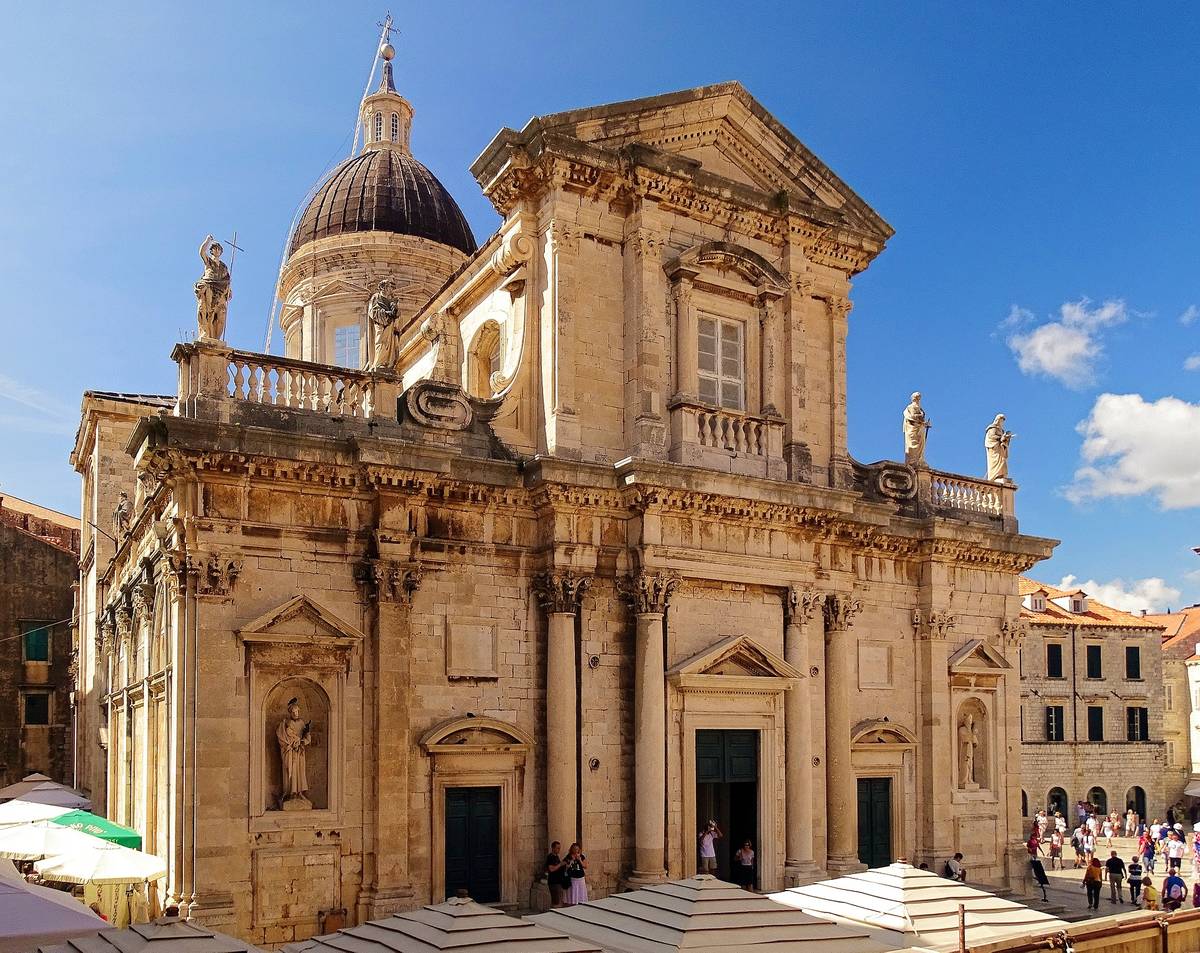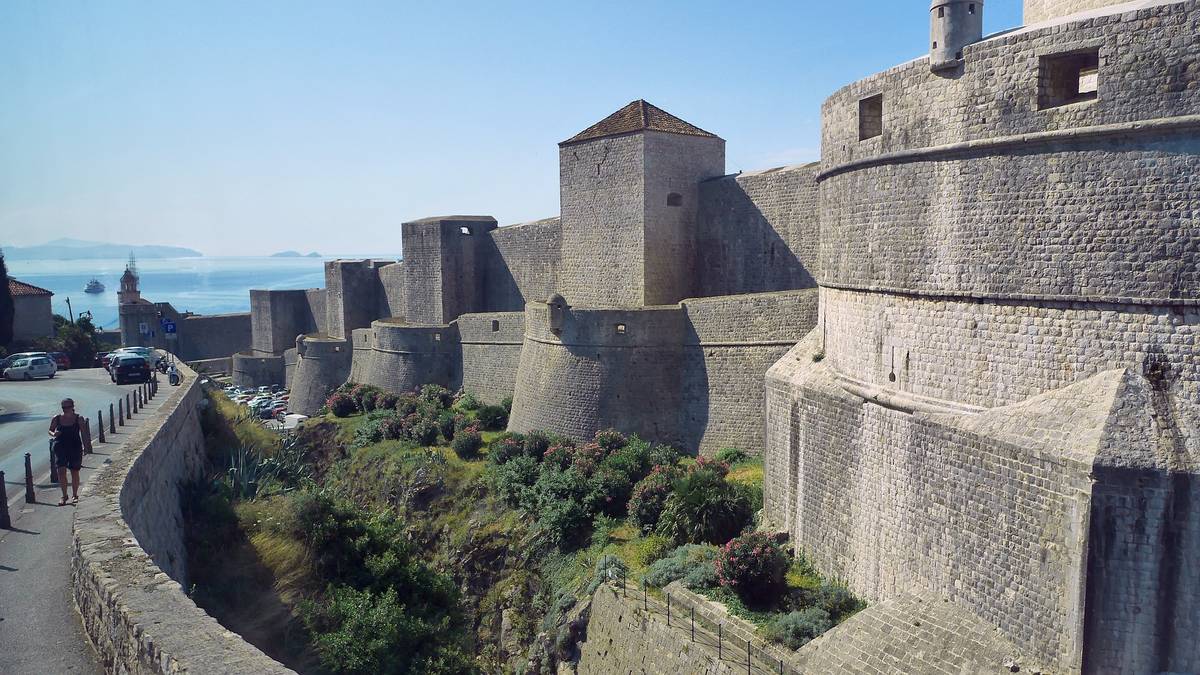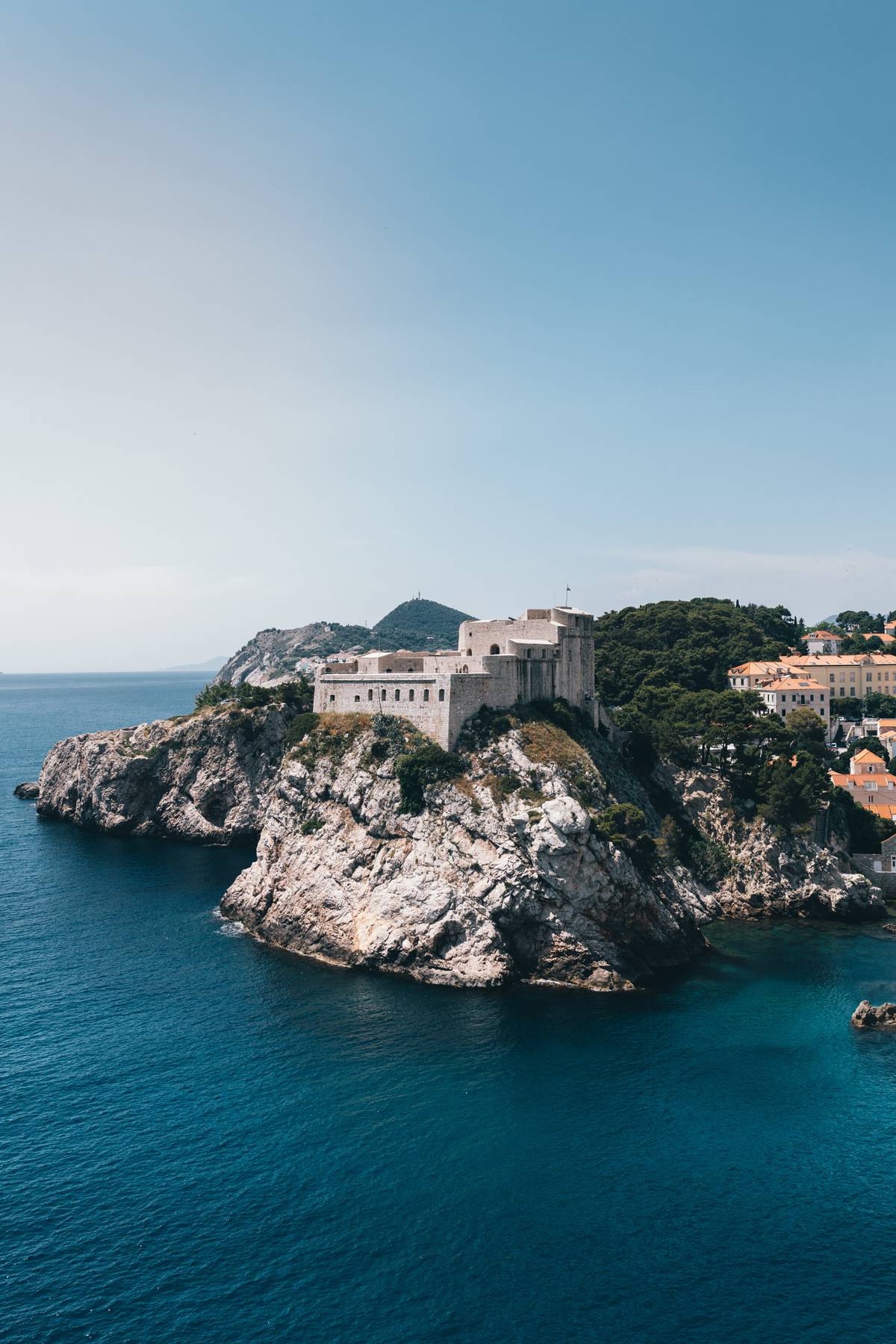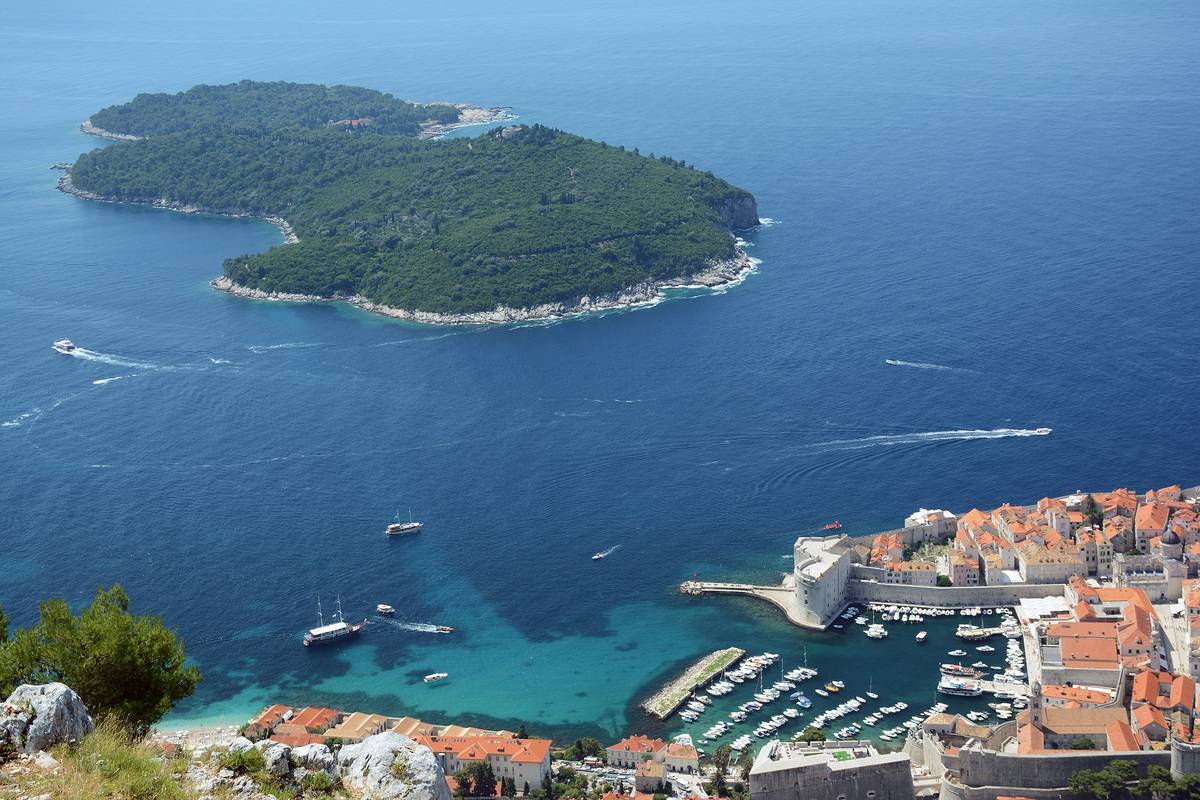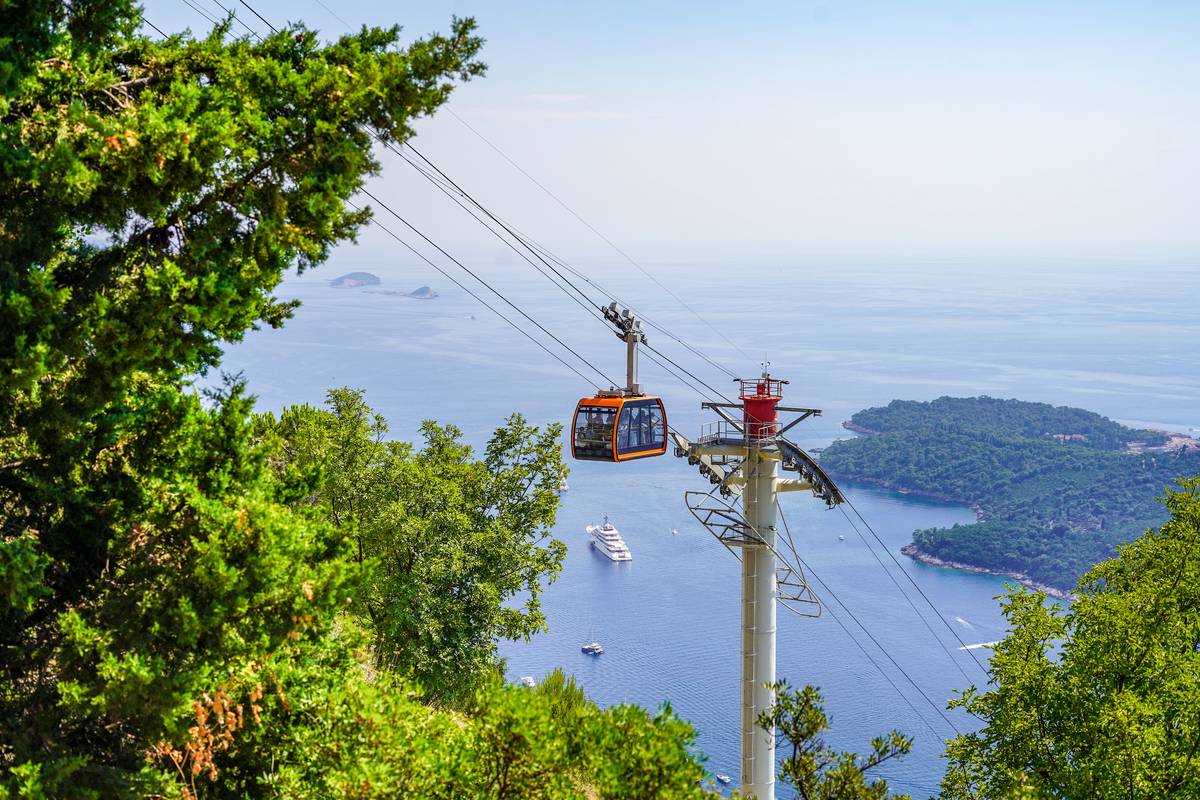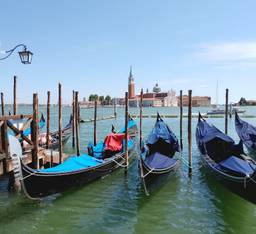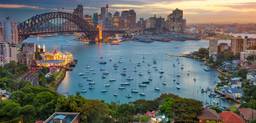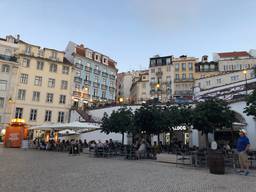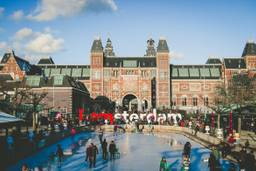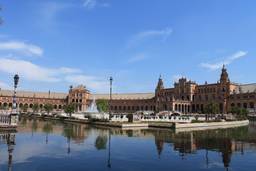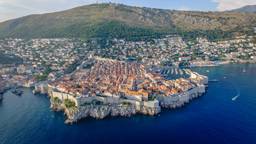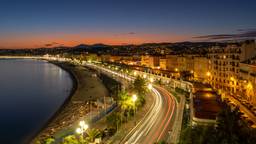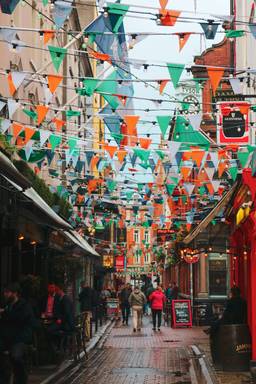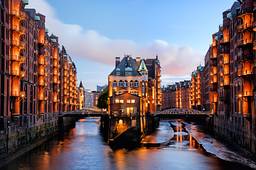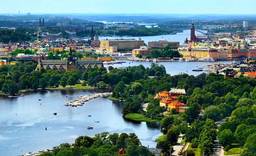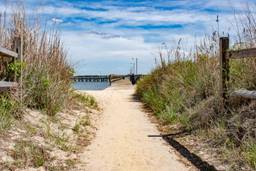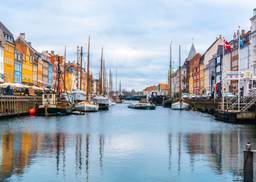Itinerary Introduction
Surrounded by the Adriatic Sea, the terracotta-roofed city of Dubrovnik is a stunning location for a European trip. Alongside historic sights, Renaissance buildings and Gothic architecture, there are beautiful beaches and stunning islands right on the city’s doorstep, meaning you can make the most of both worlds on your trip to Dubrovnik. What’s more, with its sights clustered in the Old Town, it’s an easy place to explore on foot.
Image by Ivan Ivankovic from Pixabay; image by Neil Morrell from Pixabay; image by Ivan Bagić from Pixabay
Useful information about Dubrovnik
The history of Dubrovnik
You’d be forgiven for thinking the picturesque city of Dubrovnik is an incredibly well-kept example of a Croatian city. In fact, it has suffered huge amounts of damage over the years. A particularly destructive time came during the Croatian War of Indepence, when Dubrovnik was attacked by the Yugoslav People’s Army in 1991, and party to a seven-month siege. Luckily, throughout the late-1990s, most of the damage was repaired, and today the city appears much as it would have done in its original glory.
Best times to visit Dubrovnik
Like the countries that surround it, Croatia can get very hot in the summer months, which coincides with its high season. If you can, try to visit in May, September or October, when the weather will still be pleasant, but you’ll also have the benefit of less crowded tourist sights.
Getting around in Dubrovnik
Getting around Dubrovnik’s old town is easy, as you can walk everywhere. In fact, the old town is car-free, so you don’t have much of a choice. Be aware that there are lots of steps to climb in some areas, particularly the northern end of the old town.
To go further afield, take the bus – tickets cost twelve kuna for an hour of unlimited travel if you buy them at newspaper kiosks or Libertas vending points, and three kuna more if you buy them on-board. Be aware that the bus to the airport drops passengers off at Ploče Gate, but runs back to the airport from the bus station near the city’s cable car.
Making payments in Dubrovnik
Croatia uses the kuna (HSK) currency rather than the Euro. Although most establishments will accept credit and debit cards, it’s always worth having cash with you as many smaller businesses – especially if you travel to the islands or smaller towns inland – will only accept cash.
Tipping in Dubrovnik
Tips aren’t mandatory in Croatia, but it is standard to tip, although the amount is up to you. Tipping around 10–20% of your bill is a good yard stick to go by.
Beaches in Dubrovnik
Dubrovnik is surrounded by water, and it’s easy to reach a host of excellent beaches in its surroundings. But be aware that while there are some sandy beaches in Croatia, the country is better known for its pebble beaches and cliffside sunbathing spots, meaning you may wish to bring beach shoes with you, or something comfortable to lie on.


